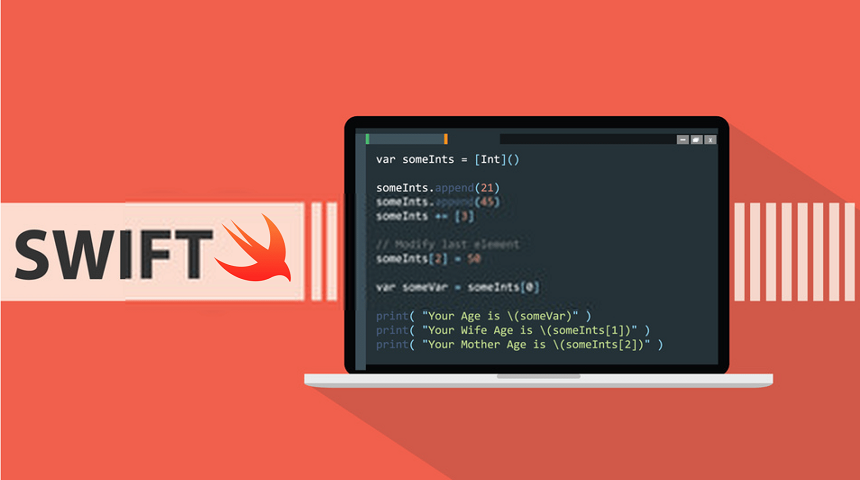
Free eBooks for Beginners
As a beginner in SWIFT programming, you’ll often encounter the concept of OptionSets. OptionSets are a special type of data structure in SWIFT that allow you to store multiple options or flags in a single value. They are often used when working with system APIs, user preferences, or other similar use cases.
In this article, we’ll introduce you to the basics of OptionSets in SWIFT and explain how they work. By the end of this article, you’ll have a good understanding of what OptionSets are and how they can be used to make your code more efficient and easier to understand.
What are OptionSets?
OptionSets are a type of data structure in SWIFT that allow you to store multiple options or flags in a single value. Each option is represented as a bit in the value, and each bit can be either set or not set. This allows you to store multiple options in a single value, rather than having to use separate values for each option.
For example, you might have a set of user preferences that can be either on or off, such as “show notifications” or “show animations”. With OptionSets, you can store all of these preferences in a single value, rather than having to use separate values for each preference.
Why Use OptionSets?
There are several benefits to using OptionSets in SWIFT. First, OptionSets allow you to store multiple options or flags in a single value, making your code more efficient and easier to understand. This is because you only have to work with one value, rather than having to work with multiple values for each option.
Second, OptionSets are easy to use and understand. Because each option is represented as a bit in the value, it’s easy to see what options are set and what options are not set. This makes it easier to understand your code and to debug any issues that may arise.
Third, OptionSets are highly customizable. You can define your own OptionSets for specific use cases, and you can also extend existing OptionSets to add new options as needed. This makes OptionSets highly versatile and useful in a wide range of situations.
Conclusion
OptionSets are a powerful tool in SWIFT programming that allow you to store multiple options or flags in a single value. They are efficient, easy to understand, and highly customizable, making them a useful tool in many different situations. Whether you’re a beginner or an experienced SWIFT programmer, understanding OptionSets is an important part of becoming a skilled SWIFT programmer.
Cookbook – SWIFT for Beginners – Chapter 23: OptionSet
 Loading...
Loading...
Disclaimer: The information and code presented within this recipe/tutorial is only for educational and coaching purposes for beginners and developers. Anyone can practice and apply the recipe/tutorial presented here, but the reader is taking full responsibility for his/her actions. The author (content curator) of this recipe (code / program) has made every effort to ensure the accuracy of the information was correct at time of publication. The author (content curator) does not assume and hereby disclaims any liability to any party for any loss, damage, or disruption caused by errors or omissions, whether such errors or omissions result from accident, negligence, or any other cause. The information presented here could also be found in public knowledge domains.